 Image Credit: Daniel Schuhmacher
Image Credit: Daniel Schuhmacher
Ask any landscape photographer what their number one tool is for capturing amazing landscape photos, and most are going to say one of two things - a good, sturdy tripod or a set of good filters.
In this article, I'd like to focus on filters because there are so many different options out there, some good, some bad, and some that are so-so.
Over the last nine years, I've tested more filters than I can list, most of which have left me utterly unimpressed.
But a couple of months ago, I started using NiSi filters, and I have to say, these guys have raised the industry standard when it comes to filters.
With that in mind, here's my take on the best landscape photography tip - having the right filters.
Polarizing Filters Help You Take Amazing Landscape Photos
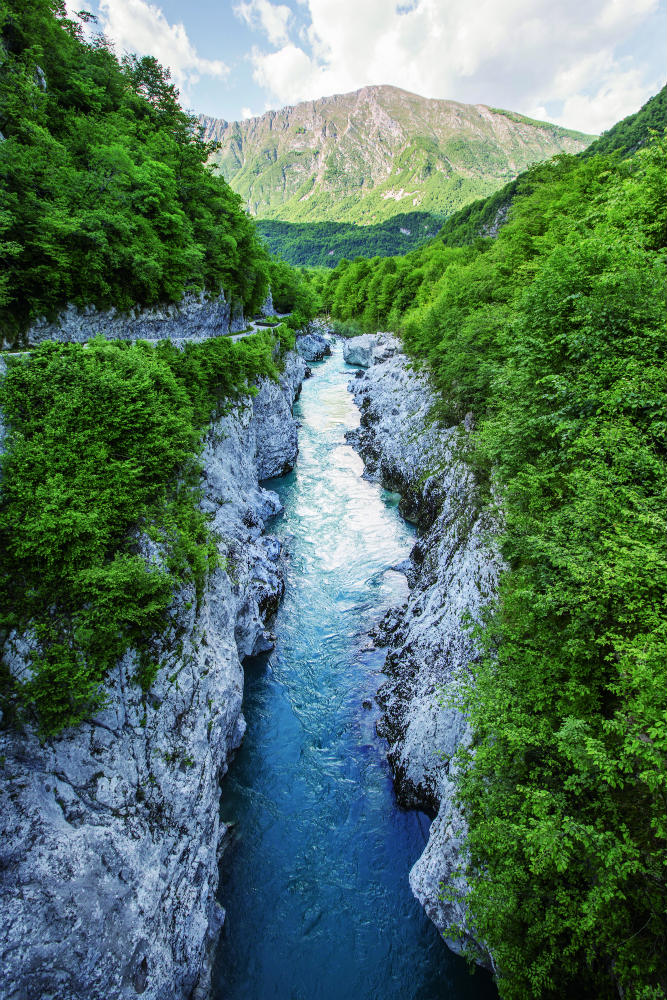 Image Credit: Johannes Nollmeyer
Image Credit: Johannes Nollmeyer
If I could only have one filter in my camera bag, it would be a polarizer.
That's because it's a versatile filter that can improve your photos in a host of ways.
Primarily, polarizing filters help reduce glare off non-metallic surfaces.
So, in the image above, you can see how the sunlight is glaring off the surface of the water, rendering it bright white.
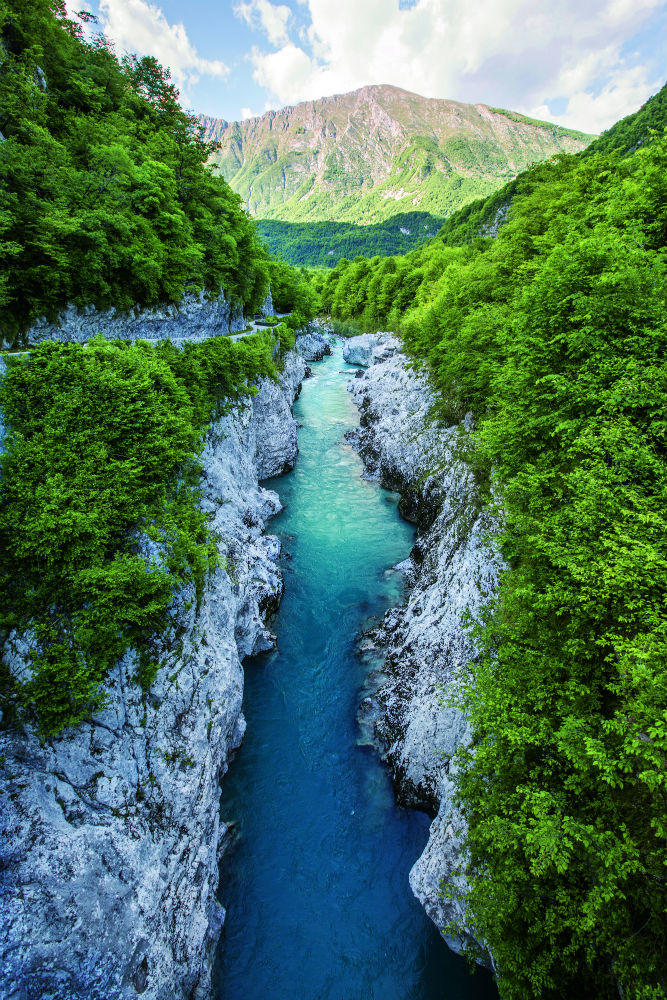 Image Credit: Johannes Nollmeyer
Image Credit: Johannes Nollmeyer
But in this shot, with a NiSi circular polarizing filter, you can see how that glare is greatly diminished.
But that isn't the only benefit of using a polarizing filter.
In the image below, you see a beautiful scene, but notice how the colors and contrast are quite flat.
 Image Credit: Francesco Gola
Image Credit: Francesco Gola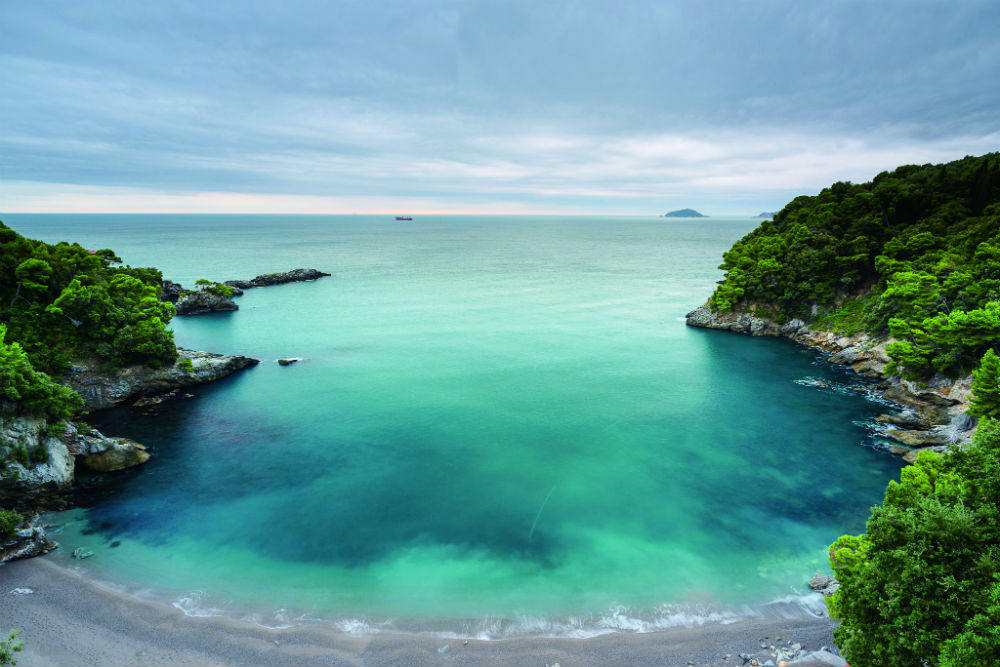 Image Credit: Francesco Gola
Image Credit: Francesco Gola
But with a polarizer in place, the color of the water, in particular, pops much more.
Additionally, there is more structure in the clouds with more texture revealed that gives the image more depth and dimension.
Polarizing filters boost the blue tones of the sky and make white clouds pop, so on a partly cloudy day, a polarizer can add even more in the way of color and contrast to your photos.
Landscape Photography Tip: Use Graduated ND Filters to Even Out the Exposure
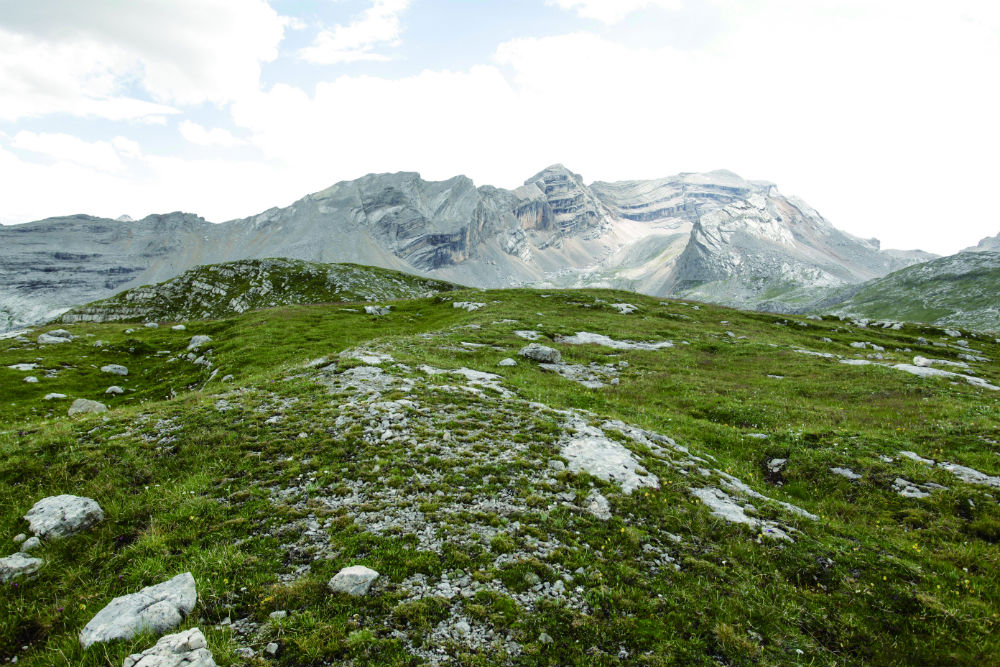 Image Credit: Karol Nienartowicz
Image Credit: Karol Nienartowicz
One of the biggest problems that landscape photographers have to deal with is an uneven exposure in their images.
That is, you often end up with an image that has a well-exposed landscape and an overexposed sky, as shown above.
In this situation, you can use a graduated neutral density filter to block out some of the light from the sky, thereby allowing you to create a landscape photo that's more evenly exposed.
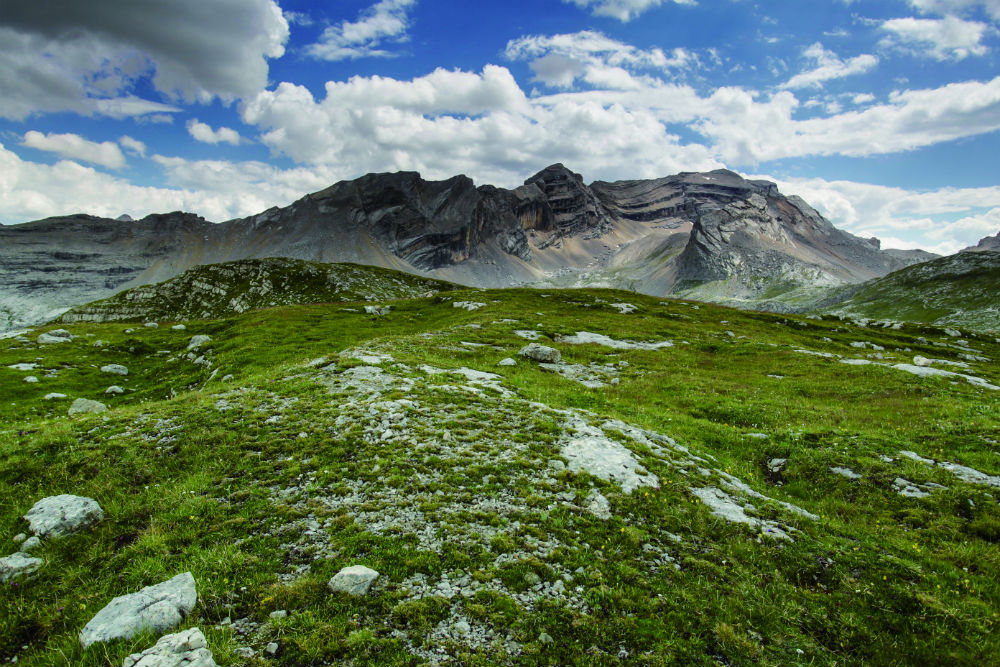 Image Credit: Karol Nienartowicz
Image Credit: Karol Nienartowicz
With a NiSi hard graduated ND filter in place, you can see how the sky has been darkened so it's much more in line with the exposure of the landscape.
The result is a far more pleasing image with tons of definition in the sky that sets the photo off.
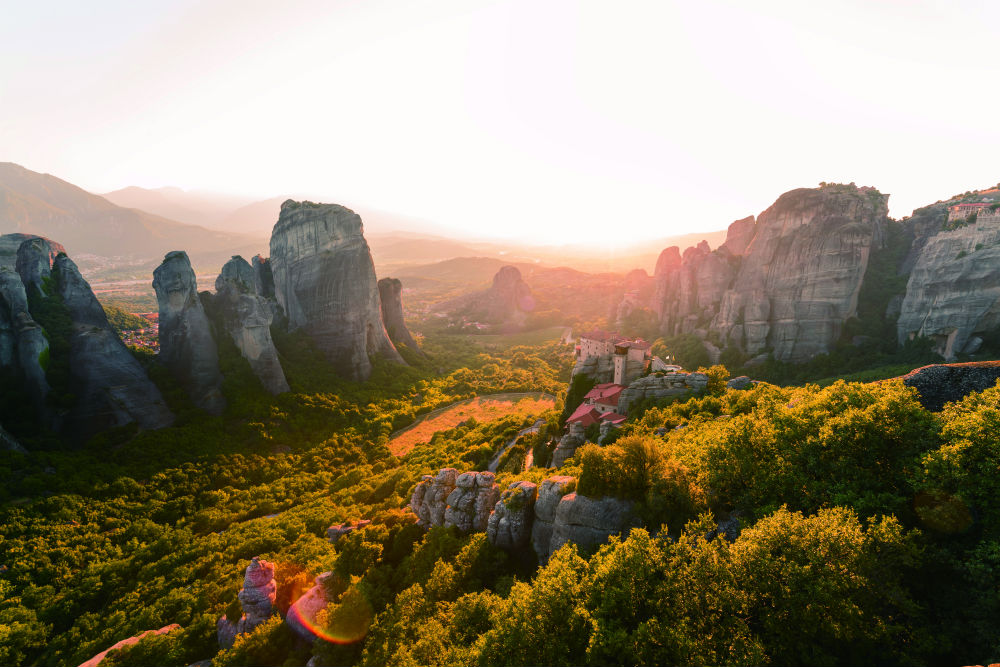 Image Credit: Karol Nienartowicz
Image Credit: Karol Nienartowicz
There are all kinds of graduated ND filters, including soft grads, which have a much more gradual shift from dark to light than the hard grad discussed above.
There are also reverse ND grad filters that are especially for use at sunrise or sunset.
These filters have the darkest filtering power in the middle of the filter, to coincide with the sun being near the horizon.
In the image above, you can see how shooting at this time of day presents some exposure challenges.
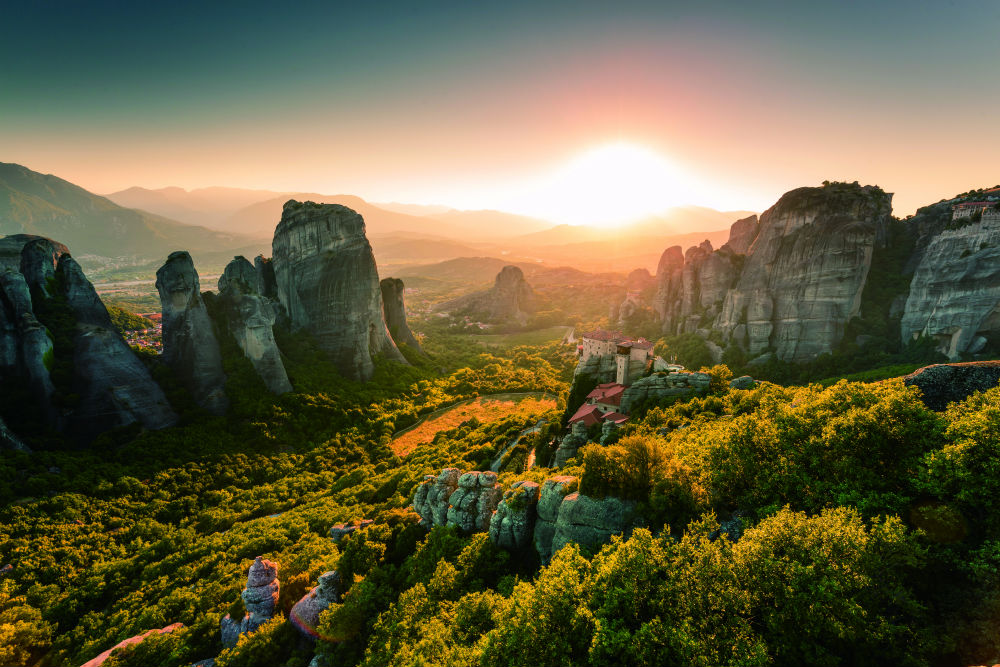 Image Credit: Karol Nienartowicz
Image Credit: Karol Nienartowicz
But as soon as you add a reverse ND grad to the mix, the scene becomes much more defined and more evenly exposed.
Not only does the sky take on a whole new life, but there's also more definition and contrast in the foreground and in the rock formations in the mid-ground of the shot.
ND Filters Enable You to Slow Time Down
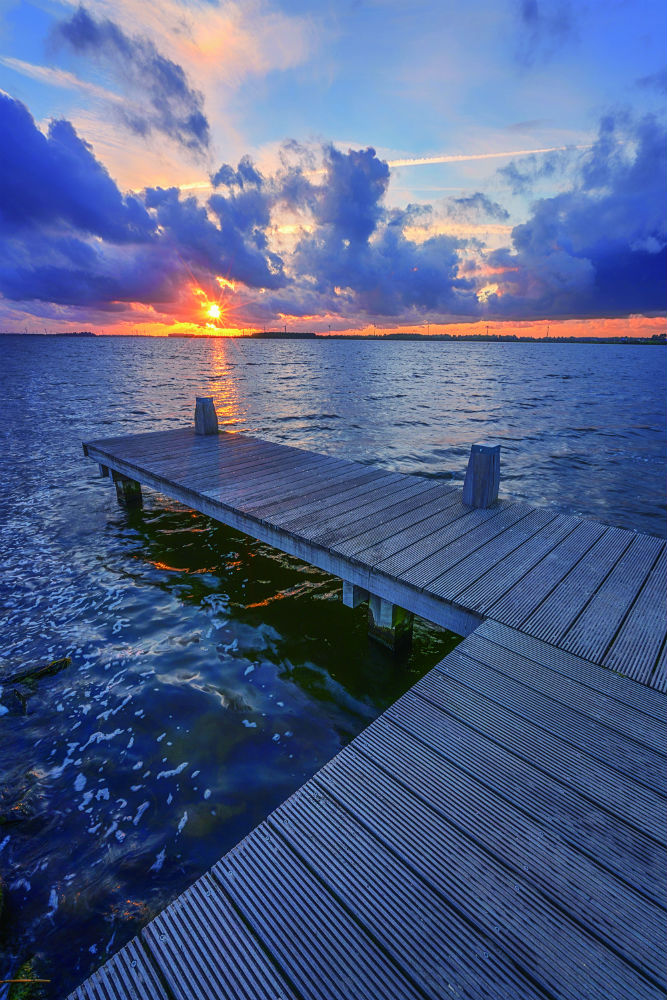 Image Credit: Albert Dros
Image Credit: Albert Dros
A final must-have filter for your camera bag is a solid neutral density filter.
These filters block out light which allows you to extend the shutter speed you use to blur the motion of features like clouds and water.
In the image above, notice how the clouds and water are crisp and defined, just as you see them with your own eyes.
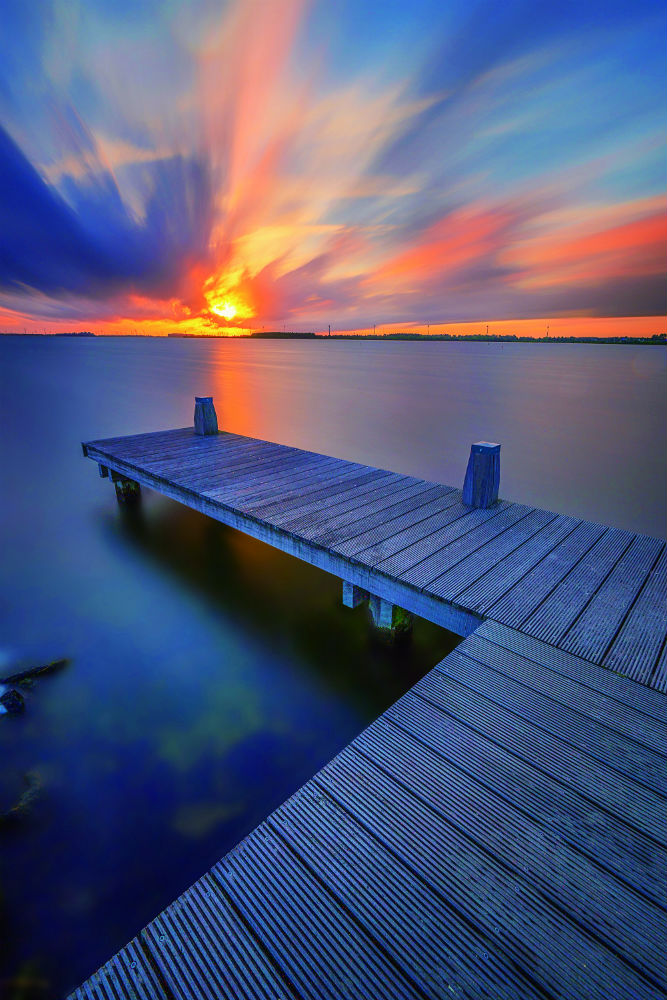 Image Credit: Albert Dros
Image Credit: Albert Dros
But by using a NiSi 15-stop ND filter, the clouds and water become gorgeously smooth.
That gives you the ability to create photos that have a dreamy, ethereal look that are much more unique than a typical landscape photo.
There are different strengths of ND filters as well.
The 15-stop ND filter used in the image above offers an extreme level of light blockage, while a 3-stop ND filter provides minimal light blockage.
No matter what kind of ND filter you use, NiSi' nano coated IR ND filters are the way to go. Trust me on that!
These filters have high-definition optical class, double-sided nanocoating technology, and IR technology that results in gorgeous, vibrant colors with low reflection and no vignetting.
As I noted in the introduction, I've spent a lot of time over the years with a lot of different filters.
And after testing NiSi filters for a couple of months, I can say unequivocally that these are the best filters I've ever used.
If you want to step up the quality of your work, use these filters to enhance your landscape photography technique.
Article By:- Photographytalk.com
No comments:
Post a Comment